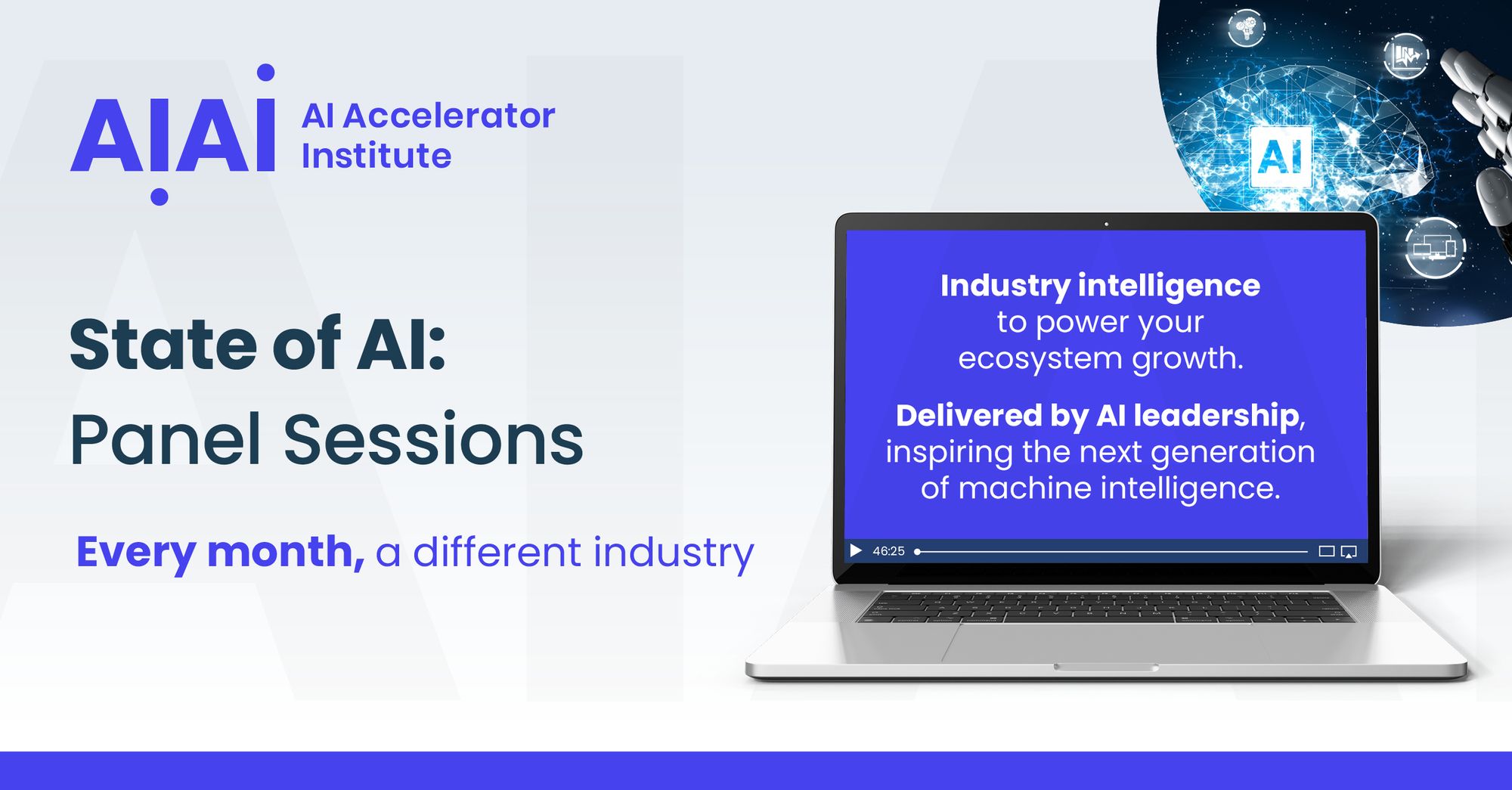Computer vision software can help companies tackle important retail pain points, leading to transformed customer – and employee – experiences. You can enhance customer journeys by improving your store layout based on real-time feedback, not just intuition.
Customers expect not only personalization but also convenience when shopping, which has paved the way for technologies like augmented reality and automated stores. A well-rounded approach when implementing computer vision can make a big difference.
In this article, we’ll go over a few computer vision applications in retail:
- Interactive experiences
- Automated stores
- Inventory management
- AI-enabled security cameras
- Retail heat maps
1. Interactive experiences
Virtual and augmented realities are digital retail trends helping companies offer technology-aided interaction. This helps customers make more informed decisions and adds an element of fun to their virtual shopping experience.
QR codes are the easiest way to incorporate both virtual and augmented realities into your retail business. Customers can find out more information about items by scanning the code with their phone and using a filter to see themselves in dedicated apps.
Virtual fitting rooms are great for customers wanting to try out clothes, accessories, cosmetics, furniture, and more without having to physically touch them. IKEA’s Place app, for example, lets customers place IKEA products in their own homes.
2. Automated stores
Customer service automation has risen in recent years, leading to the greater use of computer vision systems in automated checkouts. These systems allow in-store cameras and sensors to track shelves, products, and even customers accurately.
No-contact stores, where customers experience a contactless, cashless, and autonomous experience, aim at minimizing friction and delays in the shopping flow – and also reduce human contact to zero.
You likely noticed this trend being valuable during the COVID-19 pandemic restrictions, but other customer needs like high anxiety also appeal to those wanting this shopping experience.
These stores are typically categorized by:
- NFC-based payments or mobile wallets
- A ‘buy only pick up in-store ability
- Self-service checkout kiosks
Neurolinguistic programming can also help these stores recognize the human language, assisting customers with their buying experience. An example of a contactless store is the Amazon Go network, which provides a Just Walk Out technology for 100% cashier-less experiences.
By using AI-enabled cameras, computer vision, infrared lead sensors, RFID strips, mobile apps, and microphones, Amazon Go allows customers to simply walk in, get their shopping in a cart, pay, and leave.
3. Inventory management
It can be challenging to meet customer demand by supplying the right amount of products without overstocking – this can lead to items expiring and going to waste, meaning you lose both stock and money.
Having ideal on-shelf availability leads to customers viewing products at the time, place, and price. Computer vision and machine learning can be great tools in helping you minimize the mismanagement of on-shelf availability.
You can monitor and view your inventory at all times through real-time data collection of images and videos. Computer vision-empowered software can also help detect mislabelled items, order from suppliers, and much more.
Auchan, one of the biggest European grocery retailers, implemented Internet of Things and computer vision-powered autonomous Trax robots to monitor shelves in 34 of their Portuguese stores. Computers then gather data and compile it to generate a report with valuable insights and actionable metrics.
4. AI-enabled security cameras
Security cameras with built-in artificial intelligence, 5G, and computer vision technologies can be programmed to detect both the presence and the removal of specific types of items in stores. They can also trace footfall activity and movement patterns.
These cameras can help with crime prevention by reading license plates and QR codes on items and by recognizing human faces, making it easier to detect shoplifters. Tracking customer behavior is helpful for more than crime prevention, however, as you can gather insights into product demand as well.
As you can find patterns in data, you can segregate customer paths around the store and see which promotions are gaining engagement and which ones aren’t. If installing sensors isn’t ideal, you can process your existing video streams with deep learning algorithms.

5. Retail heat maps
Computer vision can help you create retail heat maps, leading to a better understanding of your store’s functionality. This technology uses real-time imaging to detect customer movement, allocating different colors according to traffic volume on each floor area.
Samsung, for example, used both data analytics and computer vision to optimize its store for the pre-launch of the Galaxy S9 mobile phone. A variety of in-store computer vision cameras helped the company gather demographic, dwell time, footprint, and product interaction data.
This enabled Samsung to identify the zones with bigger conversion impact, the best messaging, and when the store was understaffed, so the company could adjust the floor layout in real time and derive the maximum value from their marketing efforts.
Watch OnDemand the episode of State of AI in Retail below. Exclusive for members.




 Follow us on LinkedIn
Follow us on LinkedIn



